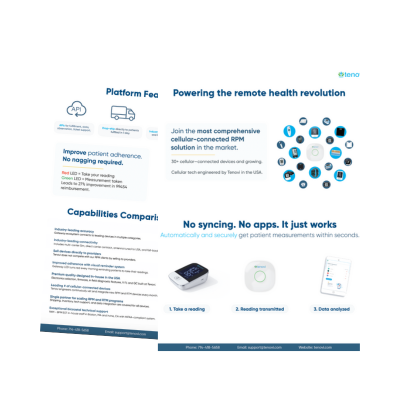If you’re asking what is continuous glucose monitoring? (CGM), the short answer is: it’s a newer way to track blood sugar than traditional finger stick tests. Instead of testing daily or throughout the day with a glucose meter, CGM provides a constant stream of data so people with diabetes and their physicians can see trends, patterns, and potential issues before they become emergencies.
How Does Continuous Glucose Monitoring Work?
Continuous glucose monitoring uses a tiny sensor placed under the skin to measure glucose in the interstitial fluid (the fluid between cells). This sensor sends readings every few minutes to a smartphone app, receiver, or insulin pump. Unlike fingerstick glucose meters, which give a single number when you test, CGMs show your glucose levels in real-time 24 hours a day. Many devices also provide alerts for highs and lows, even while you’re asleep. One of the leading CGM systems on the market is the Dexcom G7, which delivers glucose readings every five minutes and integrates seamlessly with smartphones and connected care platforms.
What Is Continuous Glucose Monitoring vs. Finger Stick Testing?
When comparing what is continuous glucose monitoring to traditional finger sticks, the difference is as follows. Finger sticks require pricking your finger, placing blood on a strip, and testing at a specific moment. Results are accurate but limited to that one point in time. Continuous glucose monitoring provides automatic measurements every 1–5 minutes, shows whether glucose is trending up or down, and reduces or eliminates the need for daily finger pricks.
What Are the Benefits of Continuous Glucose Monitoring?
Understanding what is continuous glucose monitoring means also knowing why it can be important. Research shows that CGM has significant advantages for people managing diabetes. Some of these advantages are listed below.
- Better glucose control: CGM users often see lower HbA1c and more time in range.
- Early warnings: Real-time alerts help prevent severe highs and lows.
- Lifestyle insight: Data shows how meals, stress, and activity affect blood sugar.
- Peace of mind: Nighttime monitoring reduces worry about dangerous drops during sleep.
- Integration with insulin pumps: Some CGMs, such as Dexcom G7, connect with insulin pumps to automatically adjust insulin, creating a hybrid “artificial pancreas.”
Are There Limitations?
Continuous glucose monitors measure glucose in fluid around cells, which can lag 5–20 minutes behind blood glucose changes. Some models may still require fingerstick checks for calibration or when readings don’t match how a patient feels. Cost is another consideration, though insurance coverage is improving.
Understanding Continuous Glucose Monitoring
So, what is continuous glucose monitoring? It’s a diabetes management tool that replaces frequent finger pricks with continuous, actionable data. The difference is dramatic: instead of relying on a few test results each day, patients and providers get a complete view of glucose trends. That leads to better control, fewer surprises, and greater confidence in daily care. And with innovations from companies like Dexcom, CGM has never been more accurate, user-friendly, or widely available making it a cornerstone of modern diabetes care.
Are you a healthcare organization interested in learning more about how to manage CGM data? Contact Tenovi today to learn more.




